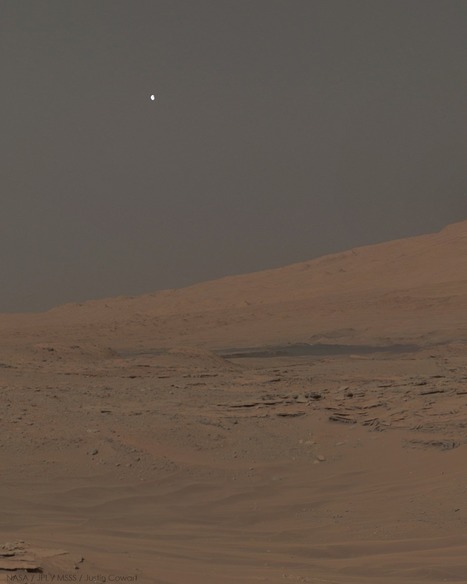Although it looks like a beautiful mound of snow on the Red Planet, the Korolev crater would be more suited for ice skating than building a snowman. The European Space Agency released an image taken by its Mars Express mission on Thursday, showing the crater filled with water ice.
Research and publish the best content.
Get Started for FREE
Sign up with Facebook Sign up with X
I don't have a Facebook or a X account
Already have an account: Login
Exploring the digital imaging chain from sensors to brains
Curated by
Philippe J DEWOST
 Your new post is loading... Your new post is loading...
 Your new post is loading... Your new post is loading...
|
|














Not a snowball nor a Xmas cheese cake. Just ice. Martian ice.